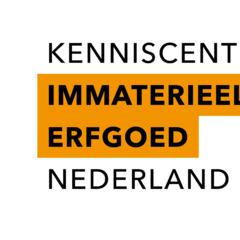Flax is the basis for the manufacture of linen. The actions to get from flax straw to flax fibre are: drying the harvested flax, removing the seed and recovering it, retting the flax straw whereby the flax fiber is released from the flax wood (a dissolving process under the influence of moisture), crushing of the straw, scutching whereby the flax fiber is separated from the flax stalk and hackling the flax. Hereby the fibers are combed so that they come apart and all lie parallel.
The museum has 15 employees who are directly involved in the flax mill. To preserve the knowledge and skills of the craft, new guides are trained by experienced flaxers to give demonstrations. The employees are all volunteers.
A lot of flax was grown in West Brabant and processed into semi-finished products: flax ribbon. The flax ribbon was resold to buyers who sold it to spinning and weaving mills. At the beginning of the last century, the craft mechanized further and flax schools were set up to increase flax cultivation and processing. Due to the rise of cotton and synthetic fibers, flax cultivation has virtually disappeared in the second half of the twentieth century. This also eliminated the craft of flaxgrower.


